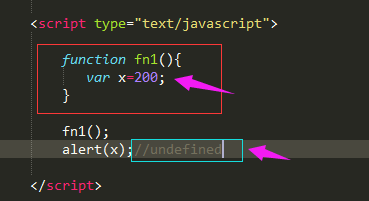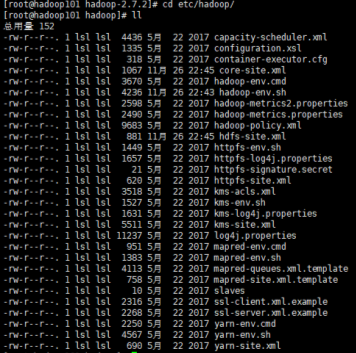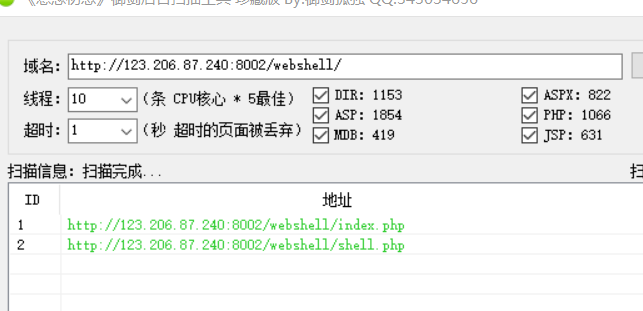leetcode 211. Add and Search Word - Data structure design
Design a data structure that supports the following two operations:
void addWord(word)bool search(word)
search(word) can search a literal word or a regular expression string containing only letters a-z or .. A . means it can represent any one letter.
For example:
addWord("bad")addWord("dad")addWord("mad")search("pad") -> falsesearch("bad") -> truesearch(".ad") -> truesearch("b..") -> true
Note:
You may assume that all words are consist of lowercase letters a-z.
class TrieNode {public:// Initialize your data structure here.bool isword;TrieNode*nxt[26];TrieNode() {for (int i = 0; i < 26; i++)nxt[i] = NULL;isword = false;}};class WordDictionary {public:WordDictionary() {root = new TrieNode();}~WordDictionary(){TrieNode*node = root;vector<TrieNode*>que, collect;que.push_back(root);while (!que.empty()){vector<TrieNode*>newque;for (int i = 0; i < que.size(); i++){collect.push_back(que[i]);for (int j = 0; j < 26; j++)if (que[i]->nxt[j] != NULL)newque.push_back(que[i]->nxt[j]);}que = newque;}for (int i = 0; i < collect.size(); i++)delete collect[i];}// Adds a word into the data structure.void addWord(string word) {string s = word;TrieNode*node = root;for (int i = 0; i < s.length(); i++){if (node->nxt[s[i] - 'a'] == NULL){TrieNode*n = new TrieNode();node->nxt[s[i] - 'a'] = n;}node = node->nxt[s[i] - 'a'];}node->isword = true;}void do_once(vector<TrieNode*>&candi,string&s){vector<TrieNode*>newcandi;for (int i = 0; i < candi.size(); i++){if (s.front() == '.'){for (int j = 0; j < 26; j++)if (candi[i]->nxt[j] != NULL)newcandi.push_back(candi[i]->nxt[j]);}elseif (candi[i]->nxt[s.front() - 'a'] != NULL)newcandi.push_back(candi[i]->nxt[s.front() - 'a']);}s.erase(s.begin(), s.begin() + 1);candi = newcandi;}// Returns if the word is in the data structure. A word could// contain the dot character '.' to represent any one letter.bool search(string word) {string s = word;vector<TrieNode*>candi;candi.push_back(root);while (!s.empty() && !candi.empty())do_once(candi, s);if (s.empty() && !candi.empty()){for (int i = 0; i < candi.size(); i++)if (candi[i]->isword)return true;}return false;}private:TrieNode* root;};// Your WordDictionary object will be instantiated and called as such:// WordDictionary wordDictionary;// wordDictionary.addWord("word");// wordDictionary.search("pattern");
accepted



































还没有评论,来说两句吧...